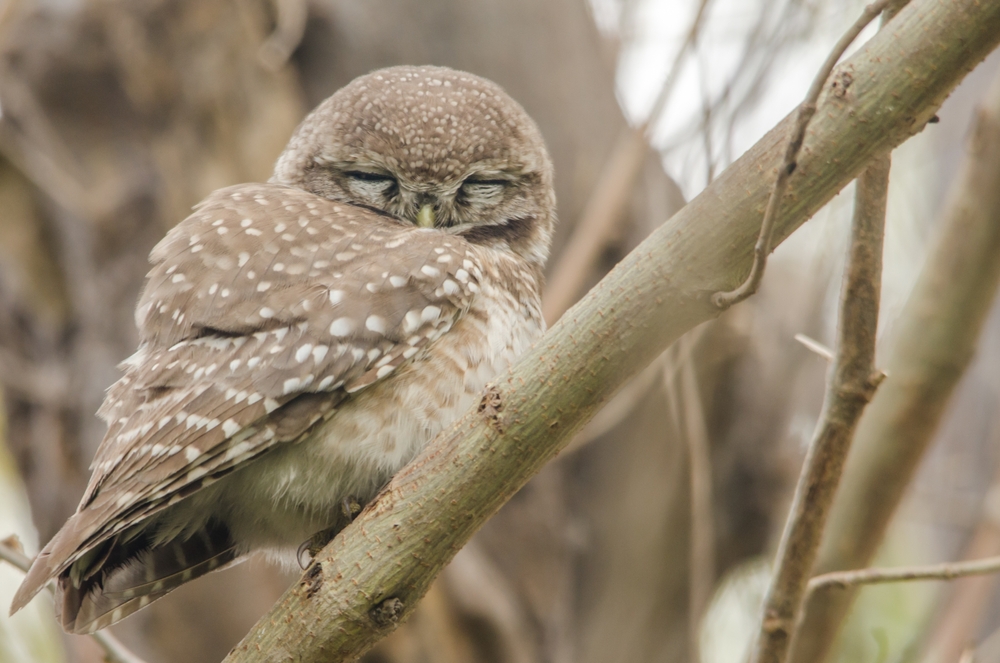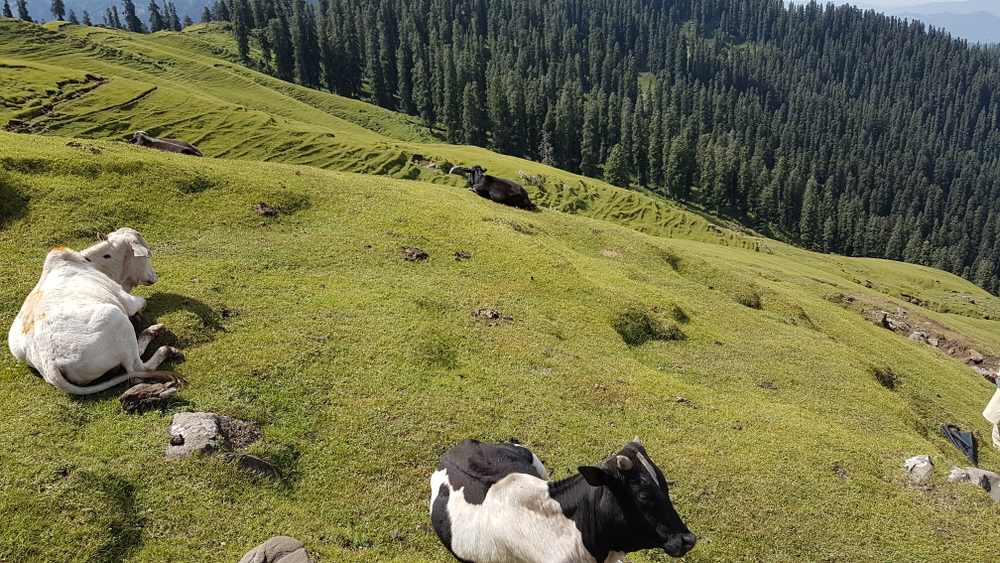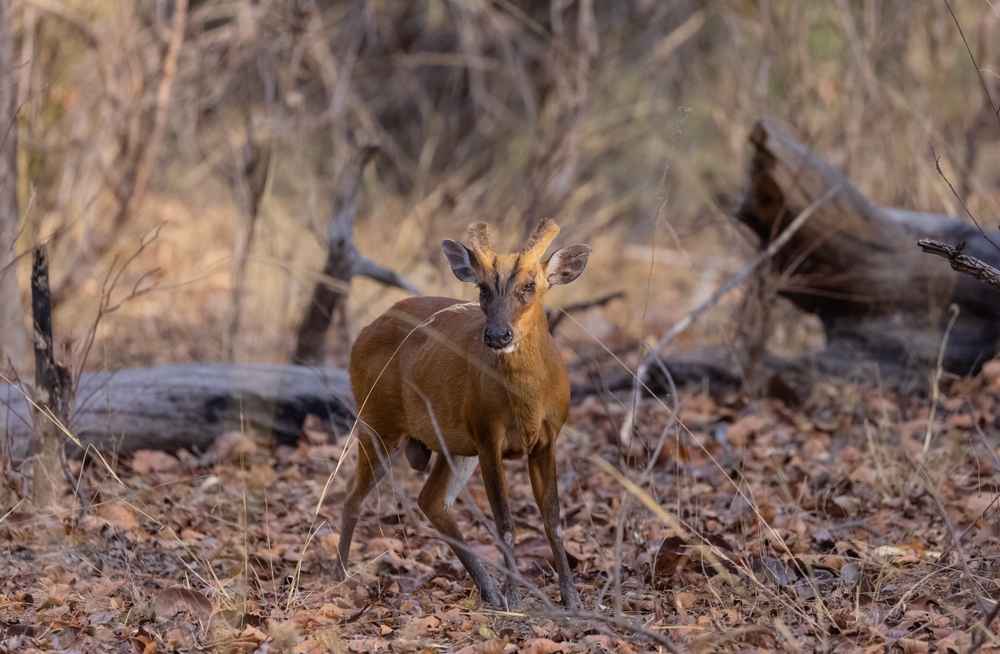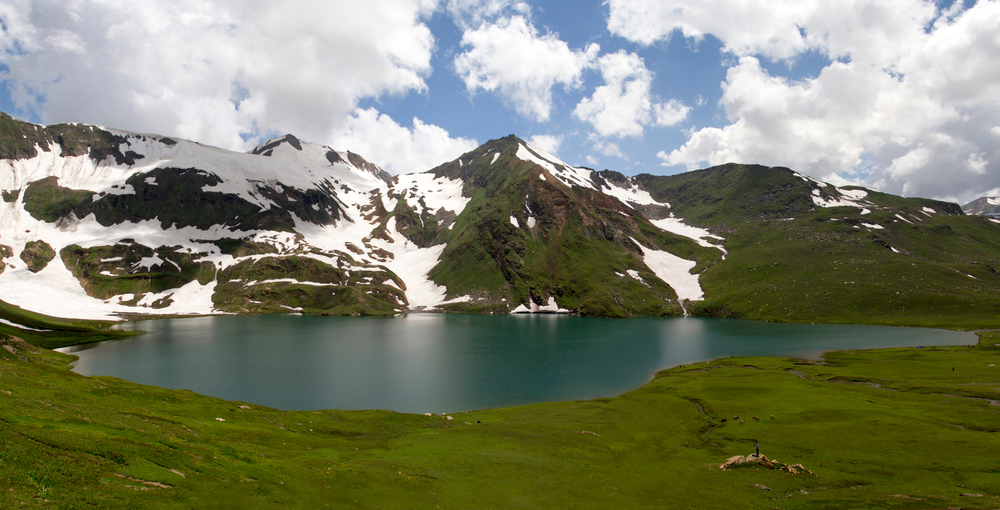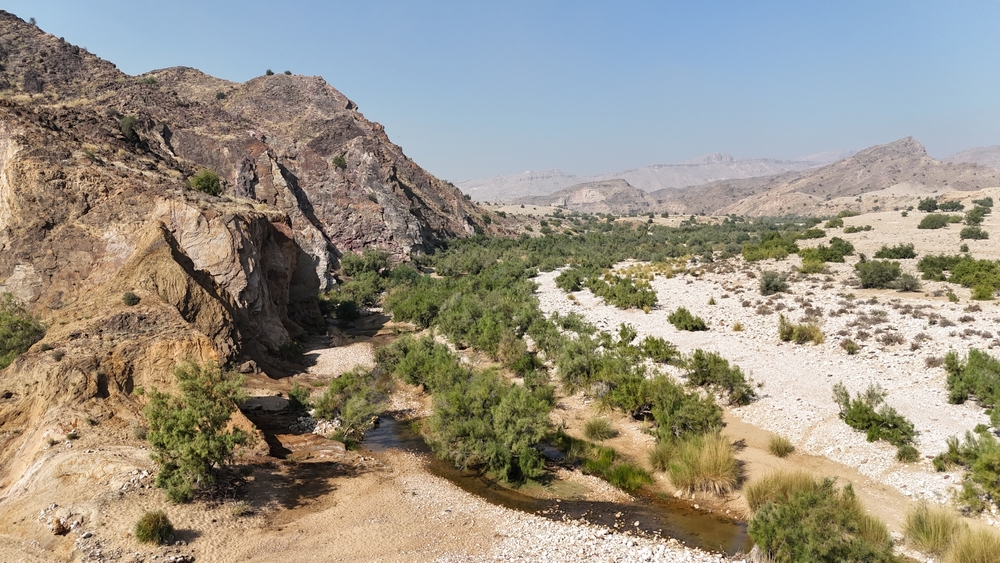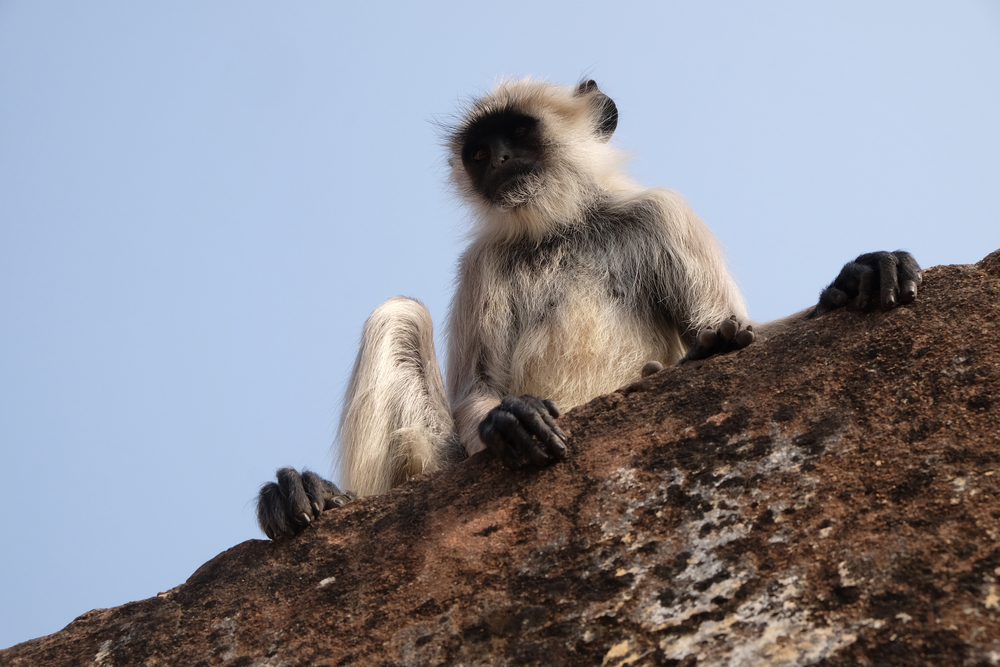Shandur Overview
Shandur National Park, locally known as شندور نیشنل پارک, is a high-altitude protected area located in the Ghizer District of Gilgit-Baltistan, Pakistan. Spanning approximately 580 square miles (1,502 square kilometers), the park lies near the border of Khyber Pakhtunkhwa and Gilgit-Baltistan and surrounds the famed Shandur Pass.
Established in 2022, the park is centered around the Shandur Plateau, which sits at an elevation of around 12,200 feet (3,700 meters) and is known worldwide as the site of the annual Shandur Polo Festival. The park was created to protect this fragile alpine environment and its native wildlife, while also supporting cultural tourism.
The terrain of Shandur National Park is defined by vast alpine meadows, glacial lakes, and rolling plateaus framed by snowcapped mountain ranges. The Shandur Pass itself is one of the highest flat polo grounds in the world and dominates the central landscape of the park.
Glacial streams and small lakes, such as Shandur Lake and Langar Lake, reflect the blue skies and surrounding peaks, while patches of snow remain throughout much of the year. Vegetation is limited due to the altitude but includes resilient alpine grasses, mosses, and hardy flowering plants that bloom during the brief summer season.
Wildlife in the park is well adapted to the high-altitude climate. Key mammal species include the Himalayan ibex, snow leopard, Himalayan marmot, and Tibetan wolf, though sightings of these species are rare and typically occur in more remote zones.
The park also supports numerous bird species, particularly raptors and highland birds such as golden eagles, lammergeiers, snowcocks, and choughs. The open meadows and clean water sources provide essential habitat during the short summer window when food and shelter become more accessible for wildlife.
Shandur National Park’s most celebrated feature is the Shandur Polo Ground, where the annual Shandur Polo Festival takes place each July. This cultural event draws teams from Gilgit-Baltistan and Chitral and is attended by thousands of spectators from across the country and beyond.
Set against a backdrop of snow-dusted mountains and alpine meadows, the festival blends traditional sport, music, and local food with the natural beauty of the highlands. Outside of festival season, the peacefulness and open skies of the plateau attract trekkers, campers, and photographers seeking remote and breathtaking scenery.
Visitors can explore Shandur National Park through trekking routes, camping trips, and seasonal travel during the summer months when the pass is accessible by road. Jeep routes lead from Gilgit and Chitral to the Shandur Plateau, offering sweeping views of valleys, rivers, and rugged cliffs along the way.
Due to extreme weather, the park remains snowbound for much of the year, and travel is only recommended between late May and early September. Basic facilities are available during the festival, while off-season visits require preparation and self-sufficiency.
Conservation in Shandur National Park is focused on preserving its alpine meadows, protecting endangered species, and managing the growing pressures of tourism, particularly during the polo festival. Climate change and overgrazing are long-term concerns, while habitat disturbance from increased vehicle traffic is an emerging issue.
However, the park’s recent designation has sparked interest in sustainable tourism and community-based conservation. Continued collaboration between local governments, environmental organizations, and indigenous communities will be crucial in ensuring that Shandur’s natural and cultural heritage endures for future generations.











































































